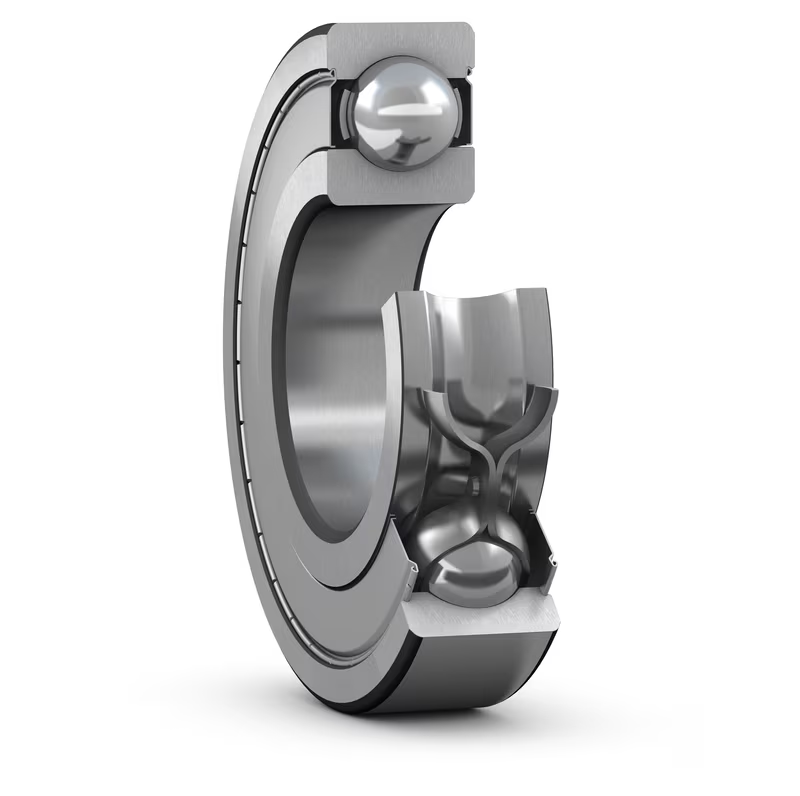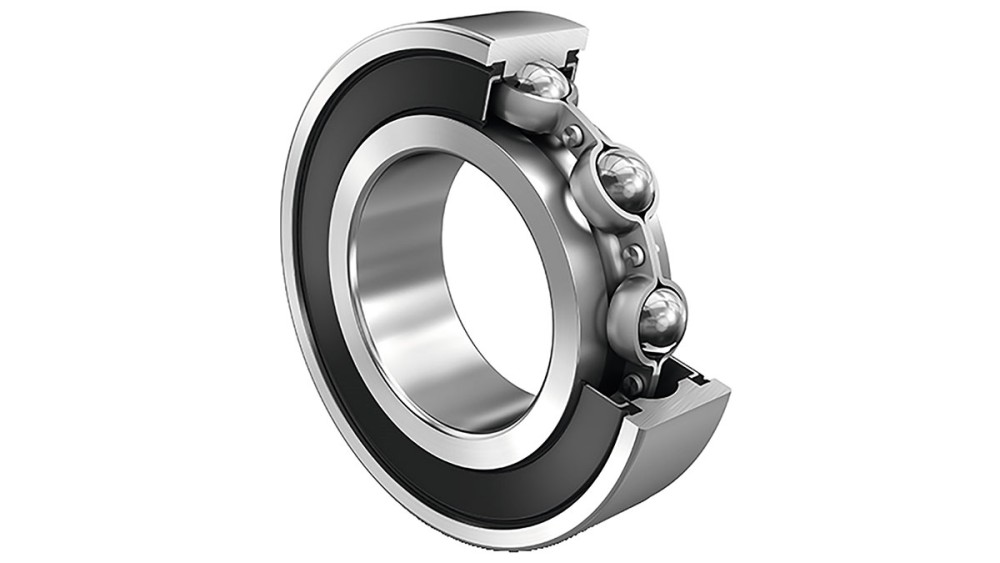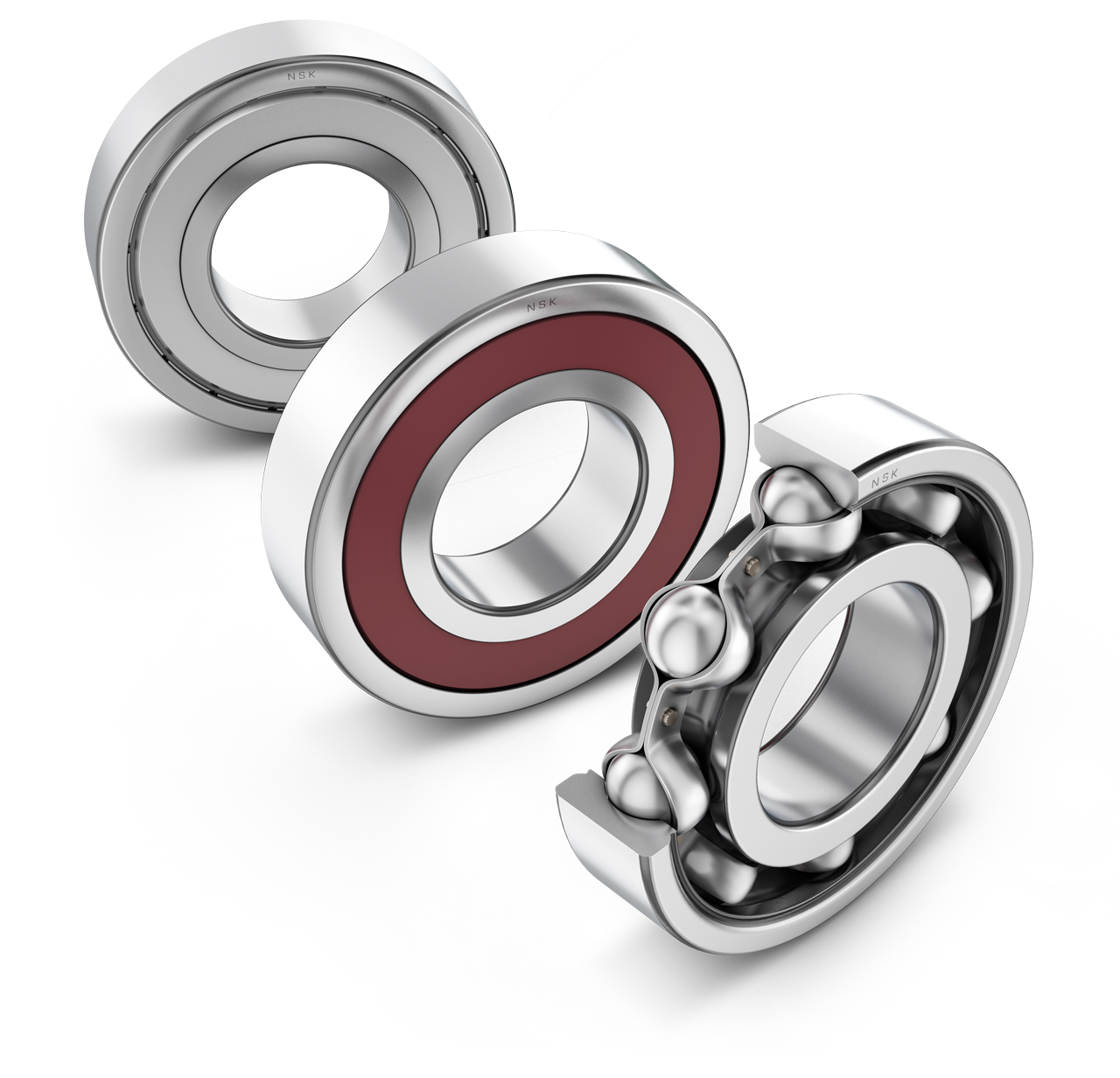Product Description
Product Description
Welcome to HangZhou CZPT Bearing Co., Ltd.
Bearing 608
The bearing 608 is a versatile component widely utilized in various machinery and industrial equipment, such as motors, automobiles, agricultural machinery, wind turbines, and more. It is crucial to carefully consider the specific working conditions and load requirements when selecting a bearing 608 to ensure optimal performance and longevity of the equipment.
Key Features:
- High-speed capability, ideal for applications with high rotational speeds.
- Strong radial and axial load-carrying capacity.
- Simple structure for easy installation and maintenance.
- Excellent sealing performance to prevent dust and contaminants from entering the bearing.
Choose our bearing 608 for reliable performance and durability in your machinery and industrial applications.
Detailed Photos
Company Profile
Certifications
Packaging & Shipping
/* January 22, 2571 19:08:37 */!function(){function s(e,r){var a,o={};try{e&&e.split(“,”).forEach(function(e,t){e&&(a=e.match(/(.*?):(.*)$/))&&1
| Meteria: | Bearing Steel |
|---|---|
| Sealing: | Zz 2RS Open |
| Precision: | P2 P4 P5 P6 P0 |
| Noise: | Z1 Z2 Z3 |
| Service: | OEM ODM |
| Size: | 8mm*22mm*7mm |
| Samples: |
US$ 0/Piece
1 Piece(Min.Order) | |
|---|
| Customization: |
Available
| Customized Request |
|---|
Are there specific maintenance practices that can extend the life of deep groove ball bearings?
Proper maintenance practices are essential for maximizing the lifespan and performance of deep groove ball bearings. By following specific maintenance procedures, it is possible to extend the life of these bearings and ensure their smooth operation. Here’s a detailed explanation of specific maintenance practices that can help extend the life of deep groove ball bearings:
- Regular Lubrication:
- Correct Lubricant Selection:
- Proper Installation:
- Regular Inspections:
- Effective Sealing:
- Appropriate Handling and Storage:
- Monitoring Operating Conditions:
Proper lubrication is vital for reducing friction and preventing premature wear in deep groove ball bearings. Regularly lubricating the bearings with the appropriate lubricant helps maintain a protective film between the rolling elements and raceways, reducing friction and minimizing the risk of metal-to-metal contact. Lubrication intervals should be based on the manufacturer’s recommendations and operating conditions.
Choosing the right lubricant is crucial for the optimal performance and longevity of deep groove ball bearings. Factors such as operating temperature, speed, load, and environmental conditions should be considered when selecting a lubricant. Consulting the bearing manufacturer’s recommendations or seeking expert advice can help ensure the correct lubricant is chosen for the specific application.
Correct installation techniques are essential to prevent damage to deep groove ball bearings. This includes ensuring proper alignment, applying appropriate mounting force, and using suitable tools and methods during installation. Improper installation can lead to misalignment, increased stress on the bearings, and premature failure. Following the manufacturer’s installation instructions or seeking professional assistance is recommended.
Regular inspections allow for the early detection of any potential issues with deep groove ball bearings. Inspections can involve checking for signs of wear, damage, or contamination, as well as assessing the condition of seals or shields. Inspecting bearings at predetermined intervals and addressing any identified issues promptly can help prevent further damage and extend the bearing’s service life.
Properly functioning seals or shields help protect deep groove ball bearings from contamination, moisture, and other harmful substances. Regularly inspecting and maintaining the seals or shields ensures their effectiveness in preventing the ingress of contaminants and preserving the lubricant’s integrity. If seals or shields are damaged or worn, they should be replaced promptly.
Proper handling and storage practices are crucial to prevent damage to deep groove ball bearings before installation. Bearings should be handled with clean hands or suitable gloves to avoid introducing contaminants. They should be stored in a clean, dry, and vibration-free environment, ideally in their original packaging or protective covers, until they are ready for use.
Regularly monitoring the operating conditions of machinery or equipment can help identify potential issues that may affect the performance of deep groove ball bearings. Factors such as load variations, temperature fluctuations, excessive vibration, or abnormal noise should be monitored and addressed promptly. Taking corrective actions to optimize operating conditions can help prolong the life of the bearings.
By implementing these specific maintenance practices, it is possible to extend the life of deep groove ball bearings and ensure their reliable and efficient operation. Following manufacturer recommendations, consulting with experts, and adhering to proper maintenance procedures are key to achieving optimal performance and longevity of deep groove ball bearings.
What are deep groove ball bearings and how are they used in various applications?
Deep groove ball bearings are a type of rolling element bearing that are widely used in various applications due to their versatility and performance. Here’s a detailed explanation of deep groove ball bearings and their applications:
- Description and Design:
- Radial Load Handling:
- Axial Load Capability:
- Low-Friction Operation:
- Wide Range of Applications:
- Automotive: Deep groove ball bearings are used in various automotive components, such as wheel hubs, alternators, starters, air conditioning compressors, and electric power steering systems.
- Industrial Machinery: They are widely utilized in industrial machinery, including electric motors, pumps, fans, conveyors, machine tools, printing presses, and textile equipment.
- Home Appliances: Deep groove ball bearings are found in appliances like washing machines, refrigerators, dishwashers, vacuum cleaners, and power tools.
- Electronics and Office Equipment: They are used in computer disk drives, printers, copiers, scanners, and other electronic and office equipment.
- Sports Equipment: Deep groove ball bearings are employed in applications like skateboards, bicycles, fitness equipment, and fishing reels.
Deep groove ball bearings consist of an inner ring, an outer ring, a cage, and a set of steel balls. The inner and outer rings have deep raceway grooves that enable the bearings to accommodate both radial and axial loads. The presence of the steel balls between the rings allows for smooth and low-friction rotation. Deep groove ball bearings are typically made of high-quality bearing steel and are available in various sizes and configurations to suit different applications.
Deep groove ball bearings excel at handling radial loads, which are forces perpendicular to the shaft. The deep raceway grooves distribute the load evenly along the rolling elements, enabling the bearings to support high radial loads. This makes them suitable for applications where the primary load is predominantly radial, such as electric motors, pumps, gearboxes, and conveyor systems.
While deep groove ball bearings are primarily designed for radial loads, they can also handle limited axial loads, which are forces parallel to the shaft. The presence of the steel balls allows for some axial load transmission. However, it’s important to note that the axial load capacity of deep groove ball bearings is lower compared to dedicated thrust bearings. Therefore, they are typically used in applications with moderate axial loads or in combination with other bearing types to support both radial and axial loads.
Deep groove ball bearings offer low-friction operation, thanks to the rolling contact between the steel balls and the raceway grooves. This reduces energy losses due to friction and enhances the overall efficiency of the system. The low-friction characteristics make deep groove ball bearings suitable for applications that require smooth and quiet operation, such as household appliances, automotive components, and precision machinery.
Deep groove ball bearings find applications in a wide range of industries and equipment, including:
In summary, deep groove ball bearings are versatile bearings that can handle radial loads and limited axial loads. They offer low-friction operation and are used in a wide range of applications across industries such as automotive, industrial machinery, home appliances, electronics, and sports equipment.
What considerations are important when selecting the appropriate size and material for a deep groove ball bearing?
When selecting the appropriate size and material for a deep groove ball bearing, several important considerations should be taken into account. These considerations ensure that the bearing is properly matched to the application requirements, leading to optimal performance and longevity. Here’s a detailed explanation of the key considerations when selecting the size and material for a deep groove ball bearing:
- Load Requirements:
- Speed and Operating Conditions:
- Accuracy and Tolerance:
- Lubrication and Maintenance:
- Space Constraints and Design:
- Cost and Availability:
The anticipated load conditions, both radial and axial, are a critical factor in determining the appropriate size and material for a deep groove ball bearing. The bearing must be able to support the expected loads without excessive deformation or premature failure. The load capacity and fatigue life characteristics of the bearing should be carefully evaluated to ensure it can withstand the applied loads throughout its intended service life.
The rotational speed and operating conditions of the application play a significant role in bearing selection. High-speed applications require bearings that can withstand the centrifugal forces and maintain stability, while heavy-duty or harsh operating conditions may necessitate materials with superior corrosion resistance or high-temperature capability. The bearing’s maximum allowable speed, temperature range, and environmental factors should be considered to ensure reliable and long-lasting performance.
The required level of accuracy and tolerance in the application should be considered when selecting a deep groove ball bearing. Precision applications, such as machine tools or instrumentation, often demand bearings with tighter tolerances and higher levels of accuracy to achieve the desired performance. Assessing the required dimensional accuracy, running accuracy, and clearance requirements enables the selection of a bearing that meets the specific application’s precision needs.
The lubrication and maintenance requirements influence the choice of bearing material. Factors such as operating temperature, speed, and contamination levels impact the selection of an appropriate lubricant and bearing material combination. High-temperature or high-speed applications may require materials with enhanced heat dissipation or lubrication capabilities, while environments with contaminants or moisture may necessitate corrosion-resistant materials or protective seals. Considering the lubrication and maintenance demands ensures the bearing can operate reliably under the specified conditions.
The available space and design constraints within the application are crucial considerations when selecting the size of a deep groove ball bearing. The bearing dimensions, including outer diameter, inner diameter, and width, must be compatible with the available space and mating components. It is important to consider the bearing’s installation method, whether it requires a press fit, clearance fit, or other mounting arrangements, to ensure proper assembly and alignment within the application.
Cost-effectiveness and availability are practical considerations in bearing selection. Evaluating the cost of the bearing in relation to its expected performance, service life, and maintenance requirements helps determine the best value for the application. Additionally, considering the availability and lead times of the selected bearing type and size ensures timely procurement and minimizes potential production delays or downtime.
By carefully considering these factors – load requirements, speed and operating conditions, accuracy and tolerance, lubrication and maintenance, space constraints and design, and cost and availability – when selecting the size and material for a deep groove ball bearing, it is possible to choose a bearing that is well-suited to the specific application’s needs. This ultimately leads to optimized performance, durability, and reliability of the bearing within the intended application.
editor by CX 2024-04-09




